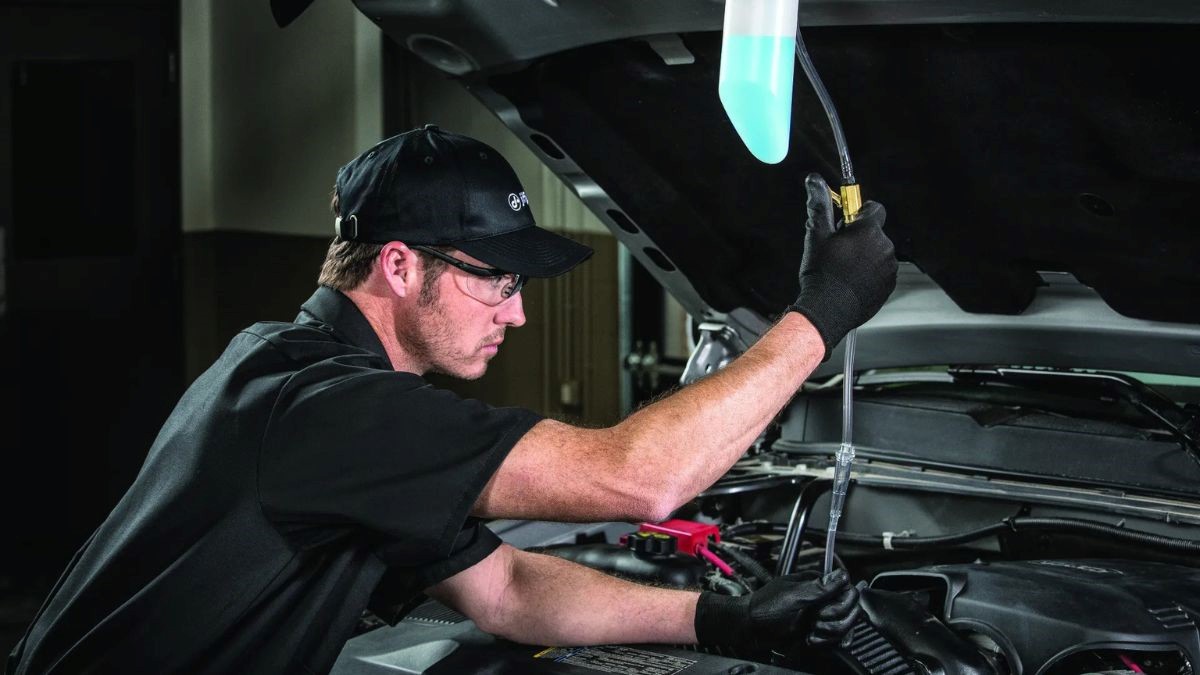The fuel system of a car ensures its overall activity. Various problems occur in the fuel system of a car, like very low power, poor economy, and sometimes even engine misfires. Testing for potential faults in the fuel system helps identify these faults before they raise significant problems. Whether it is the fuel line inspection, checkup of the fuel injectors, or fuel pressure testing, each part has a vital role in keeping the car at its best. Injector testing is a crucial part of this step, and it will help determine if the fuel injectors are working within normal limits. Here’s how to diagnose your car’s fuel system the right way.
Check Fuel Lines and Connections
First, the fuel lines, as well as the connections, are checked for leakage or visual damage. The fuel lines carry the fuel from the tank to the engine. Any crack in it, hole within it, or loose connection would spoil the flow and cause poor engine performance. There is also the risk of fuel spills or even fire in case there are leaks in the fuel lines. Inspect the lines carefully, and take more time to observe joints and connections because wear and tear would most likely appear there. Any found problems should be corrected right away.
Check Fuel Pump Operation
The fuel pump provides fuel to the engine under pressure. If the pump itself is faulty, the engine may not receive enough fuel, which would cause performance to be bad or make the engine stall. As a first step, try listening for a humming sound from the fuel pump if you turn the key to the “on” position, no noise at all being a problem. For further testing, attach a fuel pressure gauge to measure pressure output from the pump. If the pressure falls below the pressure set during the manufacturer’s test, then the fuel pump could well be defective and need either replacement or service.
Check the Fuel Filter
The fuel filter keeps the impurities away from reaching the engine so that it receives only clean fuel at all parts of the entire system. The dirty and clogged fuel filter could also create high air resistance, leading to an uneven running engine or lessening its power output. To check the fuel filter, look for the part in the engine bay or underneath the car. Check it for any indication of blockage. It is generally advised to replace the fuel filter frequently if one frequently drives on dusty roads. An open and clean filter ensures proper fuel flow to the engine and protects it from potential damage arising from contaminants.
Test the injectors
The testing injector is a significant car fuel system diagnosis procedure. Fuel injectors supply direct fuel directly to the combustion chambers of the engine of a car. Any time the injectors become fouled or old, it prevents the engine from receiving even enough or a proper amount of fuel, resulting in some kind of engine misfire or running abnormally. The testing injector, therefore, inspects the spray pattern along with the flow rate of the fuel injectors. This is a specialised test that may employ certain equipment or expertise. Once faulty injectors are diagnosed, they may be cleaned and replaced to bring back proper engine performance.
Test Fuel Pressure
Fuel pressure also plays a critical role in maintaining a well-working engine fuel system. Low pressure often results in poor acceleration, hard starting, or stalling. Attach a fuel pressure gauge to the fuel rail when running the engine with proper precautions. Compare the measured value in the pressure with that outlined by the manufacturer to establish whether it is acceptable or unacceptable. Low readings are mostly caused by problems with the fuel pump, clogging in a fuel filter or fuel-line leak. Proper pressure is necessary to provide smooth engine performance and maximise fuel efficiency.
Check the Fuel Tank
The fuel tank should be inspected for rust, dents, or leaks. Such problems can cause contamination of the fuel or restrict the flow of fuel. The fuel cap also plays a role in maintaining internal pressure inside the tank. An open or broken fuel cap may lead to a leak of fuel vapour, which will trigger the “check engine” light. Checking and tightening the fuel cap is crucial in maintaining pressure within the tank and ensuring that fuel is delivered smoothly to the engine.
Conclusion:
Diagnosing the car’s fuel system is essential for the efficient operation of the vehicle and good fuel efficiency. From checking fuel lines to inspecting the fuel filter, everything goes into testing injectors to ensure that the entire fuel system is working fine. Fuel system maintenance leads to longer lives for your engines as well as overall enhanced vehicle performance. These are the steps by which car owners will be able to identify and address the developing issues in their fuel system, reducing costs of very expensive repairs and keeping the overall performance of their vehicles within optimal limits.

